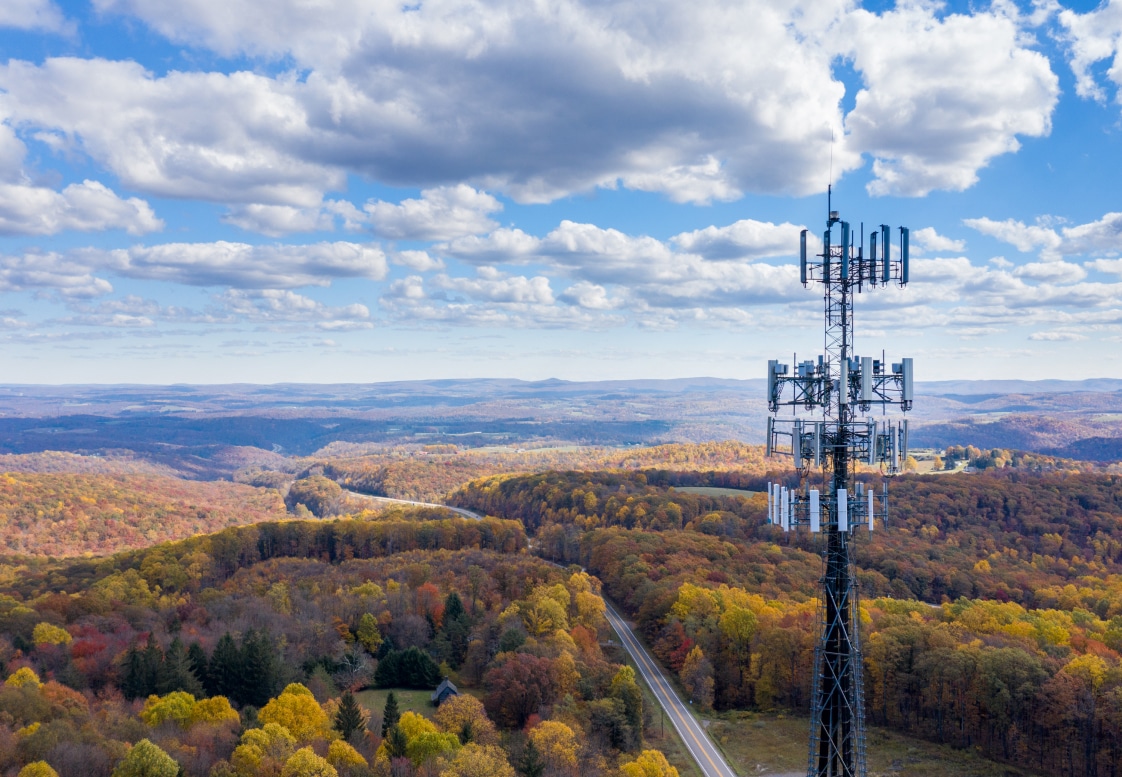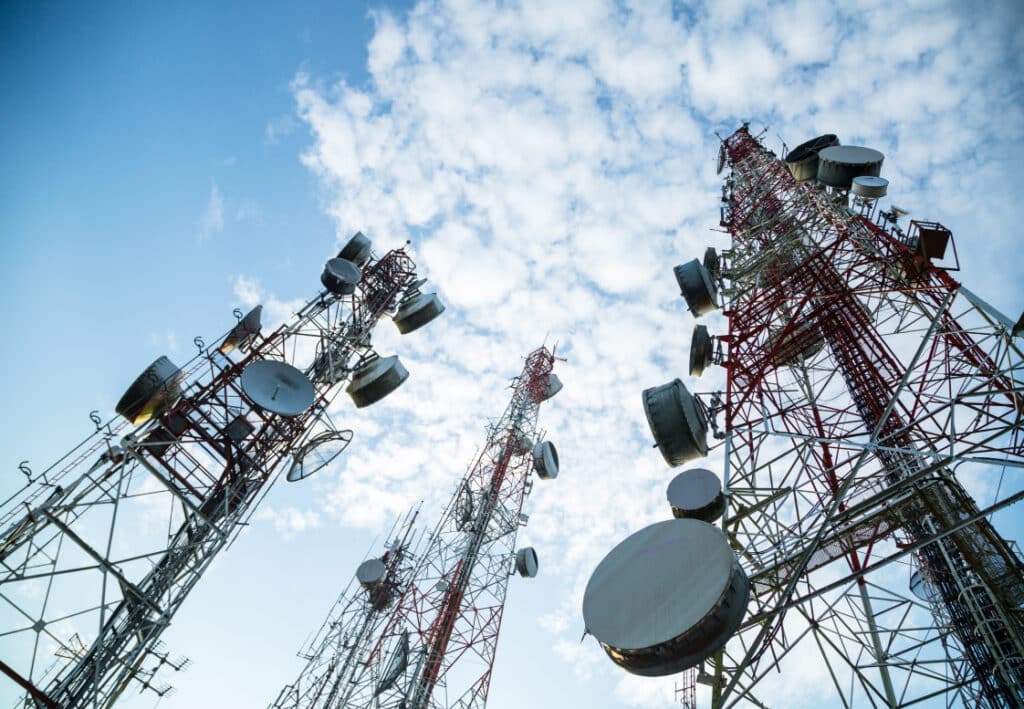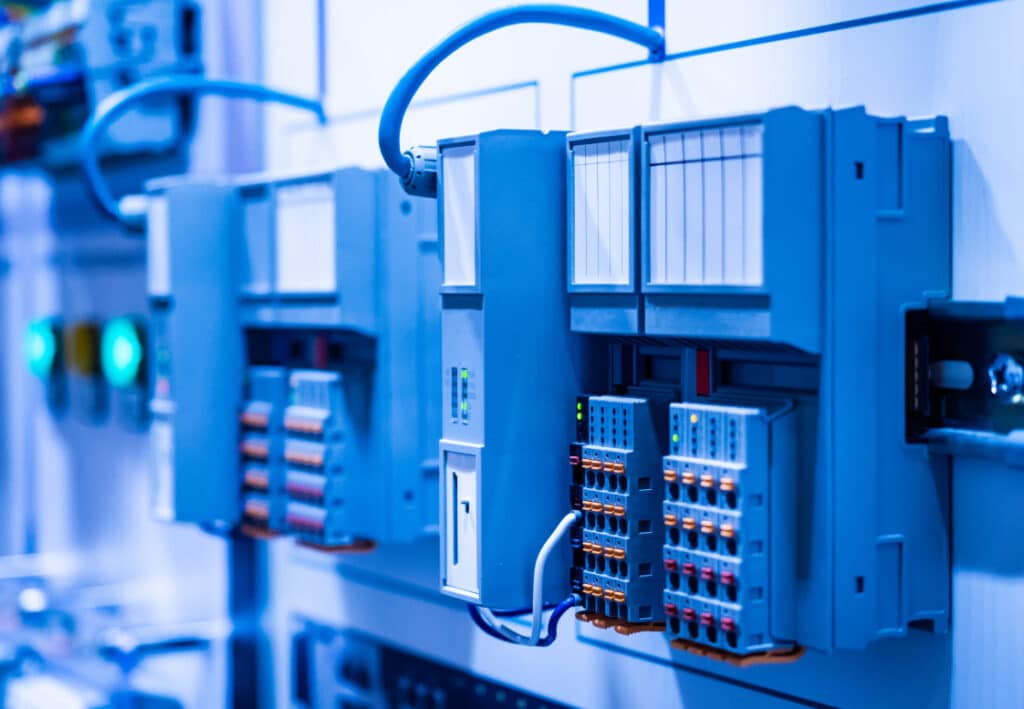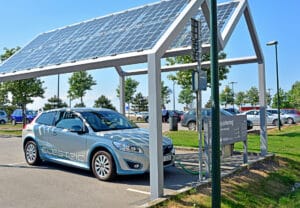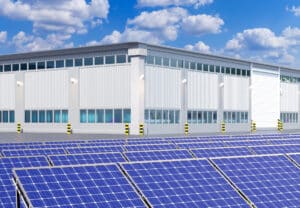Due to the current energy crisis and rising inflation, experts estimate the global energy costs of running mobile networks to exceed $25 billion in 2023.
Energy costs are reaching record highs in various countries, and for many, the massively increasing demand for energy raises serious environmental concerns.
As energy continues to be in high demand, companies and governments worldwide are implementing climate change plans to adhere to new regulations and reach Net Zero by 2050.
For telecom operators, this challenge is at the forefront. How can telecom operators decrease their dependence on these energy resources while at the same time providing optimal service to increasingly larger populations?
Fortunately, there are ways to optimize energy – from regular maintenance to remote energy monitoring solutions and alternative energy sources.
Let’s look at the common issues telecoms face in tower maintenance and offer tips to ensure you get the most out of your operations.
Why towers need to be regularly maintained
Telecommunications towers are tall structures with antennas that serve as the first touchpoint for mobile service. Maintaining these critical infrastructures is crucial to ensure continuous mobile service to millions of customers in almost every region worldwide.
Some of the benefits of tower maintenance include the following:
1. More optimized energy usage
Regular maintenance checks ensure the optimization of assets for peak performance. But upgrading existing tower cell sites can save as much as 40% of the current power expended. That’s enough power for 782,000 households. Think what energy would be saved if tens of thousands or even millions of sites were upgraded.
2. Fewer resources
Although the 5G towers are 90% more efficient than other network generations, most 5G networks are deployed on older networks, driving energy consumption up by 70%.
Upgrading these towers also reduces the number of greenhouse gasses released into the environment.
3. Lower costs
Regular maintenance checks are essential to check for damaged hardware and fix any issues as soon as possible to prevent costly replacement of parts or outages.
Outages are expensive for site operators — one in six reported losing more than $6 million in the last year alone.
4. Longer usability
Storms and strong winds can damage the tower, reducing and interfering with signals.
Proper fuel management of generators needs to be maintained to avoid unnecessary wear and tear and the need for unplanned replacement.
Regular maintenance checks are essential to check for damage to the tower and fix any issues to keep it running safely and smoothly in the long run.
6 unexpected tips for tower maintenance
Improperly maintained towers consume excessive energy, cost telecom companies millions, and increase a country’s carbon footprint. Site operators today are responsible for ensuring optimal site performance and reducing excessive carbon emissions.
Here are a few tips to make sure you can achieve this goal with proper tower maintenance:
1. Check each hardware feature regularly
You must ensure your hardware is updated regularly and check the health of each feature.
This is challenging for telcos with multiple remote sites, where sending maintenance crews on-site regularly can be expensive and resource intensive.
Regular maintenance checks can prevent the need for a large number of emergency repairs that can be costly and use precious resources. A remote energy monitoring system that includes batch firmware syncs can eliminate the need for these on-site visits.
2. Update backup batteries
Backup batteries can reduce the reliance on traditional energy supplies used by a backup generator.
In addition, backup batteries can also cut maintenance costs and significantly reduce the carbon footprint of an entire geographic region. But when hundreds or even thousands of remote sites at various locations switch to this backup source, remote energy monitoring is crucial to identify missing or faulty batteries before a power outage occurs.
3. Gain full visibility
Telecoms struggle to gain the visibility necessary to understand how their remote assets are performing at all times and when they need to be updated.
This should include battery anti-theft protection, fuel theft, KPI tracking, predictive maintenance, and real-time alerts for malfunctioning parts and impending outages.
Remote monitoring lets you ensure peak performance levels and identify improvement opportunities, by examining each asset’s operation or comparing it with other sites.
4. Implement remote monitoring
Sending out live crews for tower maintenance is costly. Remote monitoring enables you to save time and resources with the click of a button.
And the data gained from remote monitoring allows you to predict when remote assets need to be maintained or replaced, extending their use over time.
With its ability to integrate into existing cloud infrastructure, telecom operators can use remote monitoring to track metrics such as carbon and energy usage, optimizing operations and traditional energy use while reducing the carbon footprint.
5. Allow for live alerts
Get real-time alerts for hardware malfunctions, battery or fuel theft, potential power outages, and service disruptions so that you gain greater control over your site operations.
Track key performance indicators (KPIs) of energy metrics regularly to detect abnormal behavior ahead of time, pinpointing when and where any issues have developed to attend to them immediately and remotely without relying on an on-site team.
These live alerts can be customized according to the needs of any site operator.
6. Optimize where necessary
Did you know that almost 85% of the energy used to power a telecom tower is wasted from inefficient use?
These inefficiencies range from equipment that stays on even when it isn’t transmitting data to heat loss from power amplifiers. This adds up to huge costs and additional fossil fuels polluting the planet.
How remote monitoring can optimize usage and lower costs
Remote monitoring systems continuously evaluate and monitor sites to optimize energy usage and give recommendations for the next maintenance operation phase.
This is becoming a huge necessity in various parts of the world: In sub-Saharan Africa, for example, where mobile adoption is estimated to reach 613 million subscribers by 2025, telecom operators will need to optimize operational and energy use and reduce their carbon footprint. Nigeria suffers from fuel and backup battery theft that lead to sweeping power outages throughout the region.
Galooli’s remote energy monitoring and management solution works with telecom operators to deliver greater visibility of these assets and counteract the issues many experience.
By working with telecom operators in Nigeria recently, Galooli has helped to eliminate widespread power outages, lowered overall fuel consumption, and replaced and installed backup batteries to reduce the need for backup fuel generators.
One site operator in the region saved over $500,000 by integrating the solution in only a few hundred sites. Integration into thousands of sites would have saved millions of dollars.
As the leading innovator in sustainable, efficient, and cost-saving remote energy management, Galooli has helped empower enterprises in Africa and around the world to pursue responsible energy use and efficient operations with the help of its highly-targeted, actionable and AI-enhanced insights.
Its real-time monitoring and remote control capabilities collect more than three billion data points from sites daily, enabling telecom operators to track more than 300 GWh of energy annually.
Operators using Galooli have achieved a 60% reduction in generator hours, a 52% reduction in fuel consumption, and a total of $300 million in direct annual savings by transforming their data into operational savings and efficiency.
























